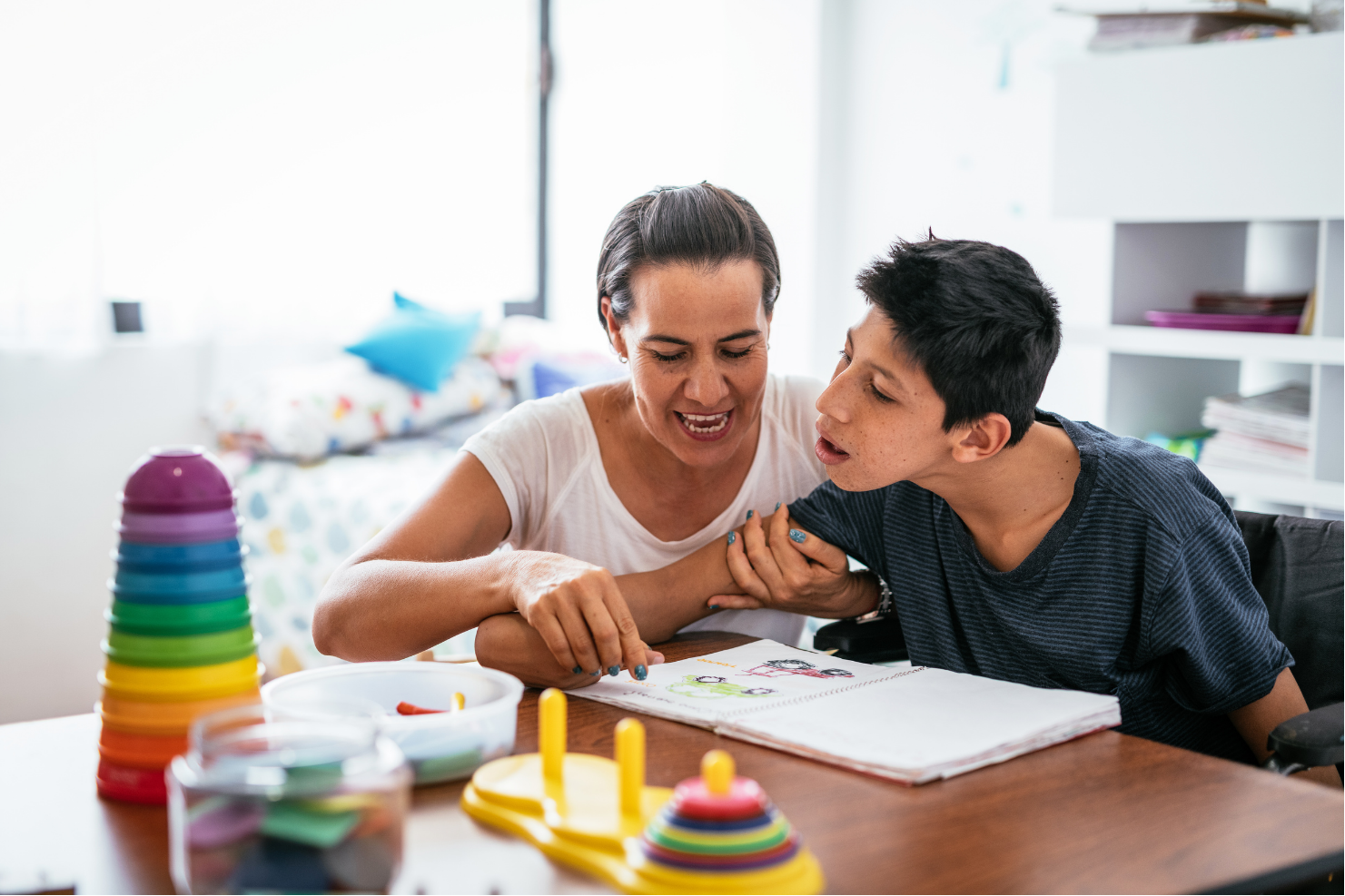Oho uses the information you provide us with to contact you about relevant content, products and services. You may unsubscribe at any time. For more information, see our Privacy policy.
Parents and families urged to check organisation safety for their kids.

“Just requiring staff have a Working with Children Check in place before they start work is not enough. There’s still a belief in some quarters that if you just tick this box, then organisational child safety is sorted.”
Says Natalie Siegel-Brown, former Public Guardian of Queensland and current Managing Director of Child Wise, the global NGO founded in Australia with the sole mission of protecting children.
And with good reason, we should have it sorted.
With over 8,000 stories of child sexual abuse reported to Australian commissioners since 2012, and over 2,500 referrals to police or other authorities, you’d expect the safety of our nation’s children — your children — to be at the top of the agenda, right?
With a Royal Commission into Institutional Child Sexual Abuse announced nearly 10 years ago, you’d think that issues of child safety would now be addressed and largely rectified, right?
Indeed, if you are like 8 in 10 other parents, you expect organisations to be maintaining their working with children checks, to ensure their suitability.
Unfortunately, this is not the case in Australia, new research into child safety has found.
Only 5% of organisations are actively monitoring the safety of their worker and volunteer accreditations, creating the perfect conditions for abuse to thrive.
This means only 1 in 20 organisations can be certain that all their staff are verified and safe.
Worse still, research conducted by Child Wise indicate the issue of child safety in Australia is even greater than anticipated.
1 in 4 Australians who work or volunteer with children have never participated in ‘child safety’ training, multiplying the risks under organisations’ care.
So even if your child receives care from the 1 in 20 organisations who are maintaining their checks, there is still the risk that they may be under the protection of a worker who has not been trained.
Organisations are leaving major windows of opportunity for the risks of abuse and neglect to occur.
What happens when institutional abuse occurs?
This question may be better answered by explaining what does not happen.
As the 8,000 + Australian survivor stories indicate, children do not speak up about abuse. It often takes years or decades, if ever, for victims to come forward.
Yet the registrars rely on this information – from the victims, the public, the employees, the whistleblowers and/or employers – to inform them of behaviour that is not acceptable.
Once notified of a charge, the registrar will change that individual’s status on the register – this usually takes a couple of days. Investigations are then completed, an outcome determined, and a check is revoked where children are not found to be safe. Importantly, there are also ‘interim’ revocations, removing people from access to children while their case is assessed.
The problem is pedophiles hide in plain sight. Organisations don’t want to think their people are unsuitable to care; and they don’t check frequently enough to know if they are.
And so, the cycle of institutional abuse continues.
According to Natalie from Child Wise, “What we need is a culture where children feel as though they can speak up, alongside strong child safety training and policies. Every one of these components is missing.”
What, then, can be done to prevent institutional abuse from occurring in the first place?
There are several preventative measures organisations can take to close the window of risk for children.
These include:
- Continuously verifying workers and volunteers’ accreditations
- Being notified immediately where a breach occurs
- Providing evidence of due diligence
- Maintaining transparency of their accreditation records
Oho was created to provide every one of these features to offer organisations a one-stop solution for managing their checks.
That’s why Child Wise recommends Oho as one of the key ways for organisations to replace their outdated systems, as part of a larger call for organisations to use ‘tech to protect’.
But asking organisations to change their ways of working is easier said than done. As any business owner would know, demands can easily be ignored unless they come from the customer. This is true even when people have a legal and moral obligation.
As motivational studies have come to show, the threat of punishment does not adequately stop people from misbehaving. We see this behaviour among owners or managers faced with the decision to comply with child safety laws, just as we see it among perpetrators who choose to abuse children.
“Governments have put the onus on organisations to maintain child safety, but organisations are completely unaware of their responsibility. Not only do they have substandard systems for meeting their obligations, but many employers don’t even know what these are in the first place.”
This is exactly what mother of three and Oho’s Executive Director, Claire Rogers, found when she began working with Oho.
There is a false sense of confidence in organisations that they are doing enough, just because everyone else is. But what happens when the status quo isn’t good enough, as is the case in Australia? It’s all our children who suffer.
So, while Oho presents a promising solution for organisations, the task lies with changing organisations’ attitudes and demanding a change in behaviour.
Jail-time and fines are not enough to guarantee the safety of our children. We each have a responsibility, as individuals, to demand better.
Sometimes it’s hard for the decision makers, such as the administrators of accreditations, to get emotionally invested because they fail to make the connection between what their organisation is doing (i.e. checking the safety of all staff) and why they are doing it (i.e. to ensure a high standard of care for your children, who they are there to serve).
For this reason, parents and family members are being urged to check the safety of their children under organisations’ care.
It’s up to you to know the risks and demand more from organisations. As customers of schools, sporting clubs, childcare centres and/or members of religious organisations, you are the ones with the power to change organisations’ behaviour; to drive better protection of your children.
And Oho is with you every step of the way.
So, we’re asking parents:
Inform your friends and family members of the risks every Australian child faces when placed under the care of an organisation.
Currently, organisations are not even doing the minimum.
Together, we can raise the standard so they meet our expectations, or — at the very least — their obligations.
Oho was created to end the cycle of institutional abuse and protect every child in Australia. If you haven’t already, read our Australian Child Safety-Check Study.
To support us in our mission, we invite you to share this article with another parent, or what you thought of it below. Let us know if you’ve had any concerns about your child’s safety by emailing hello@weareoho.com, so we can talk to organisations and help raise the standards in Australia.



